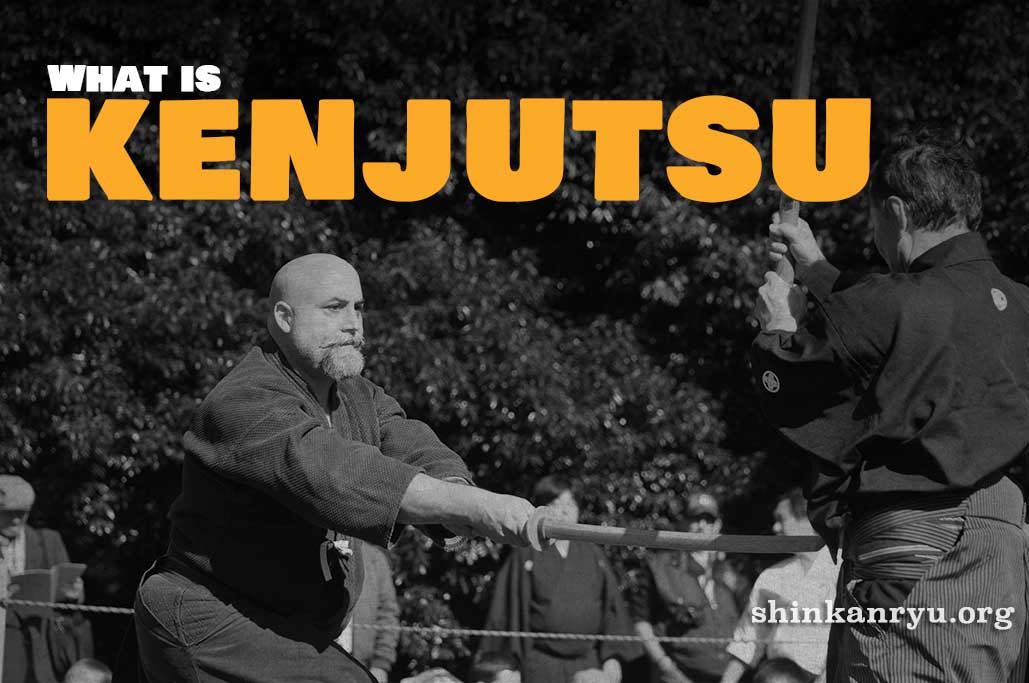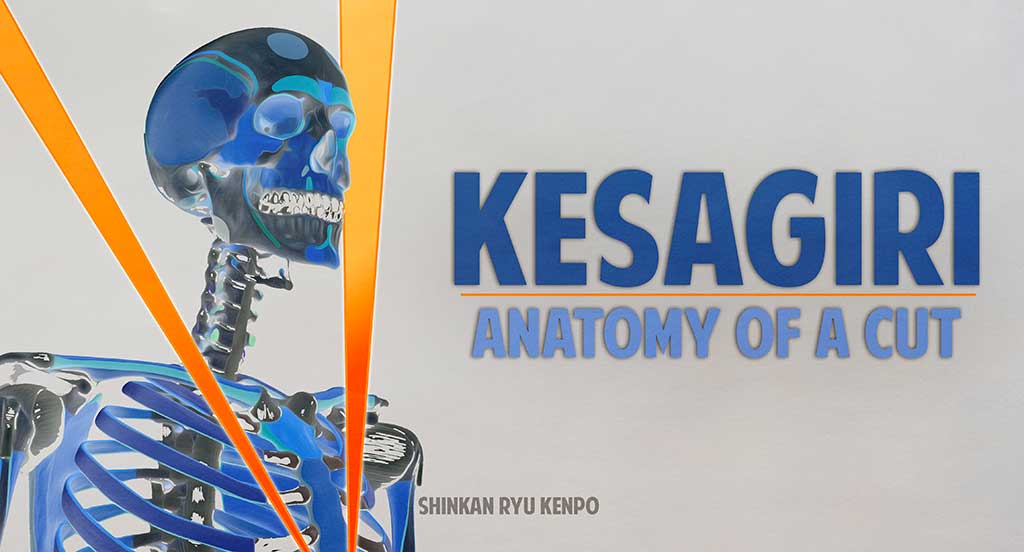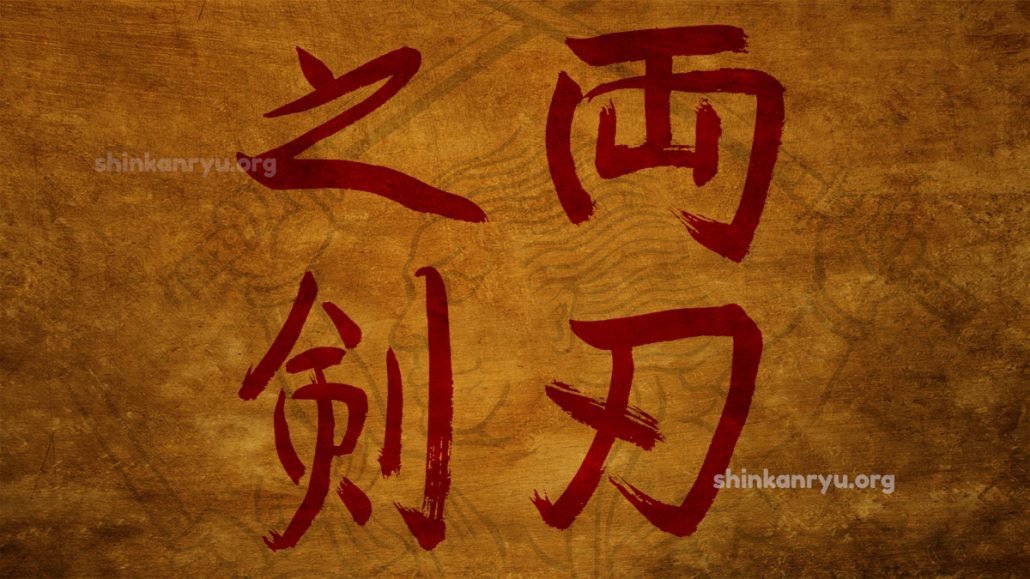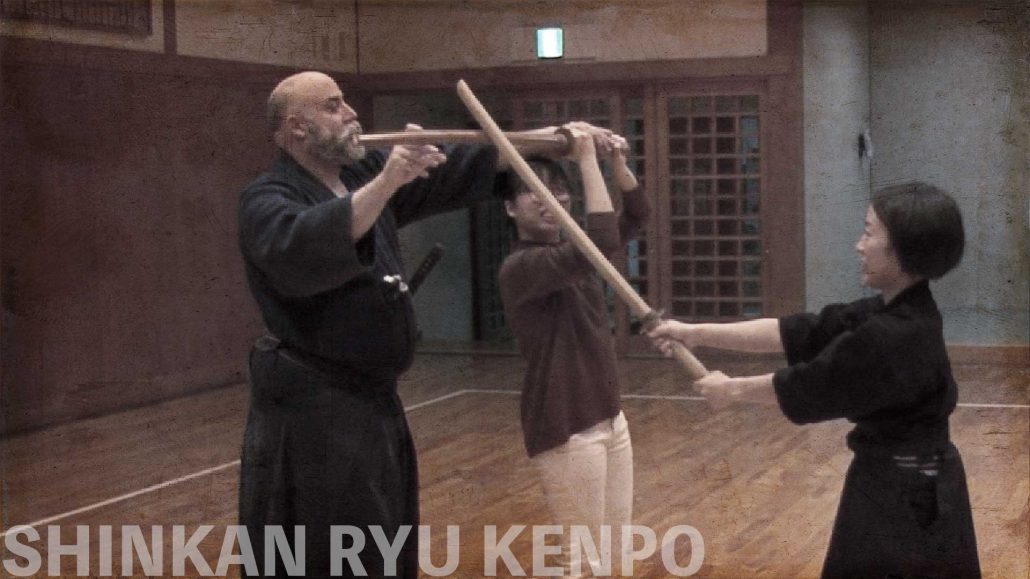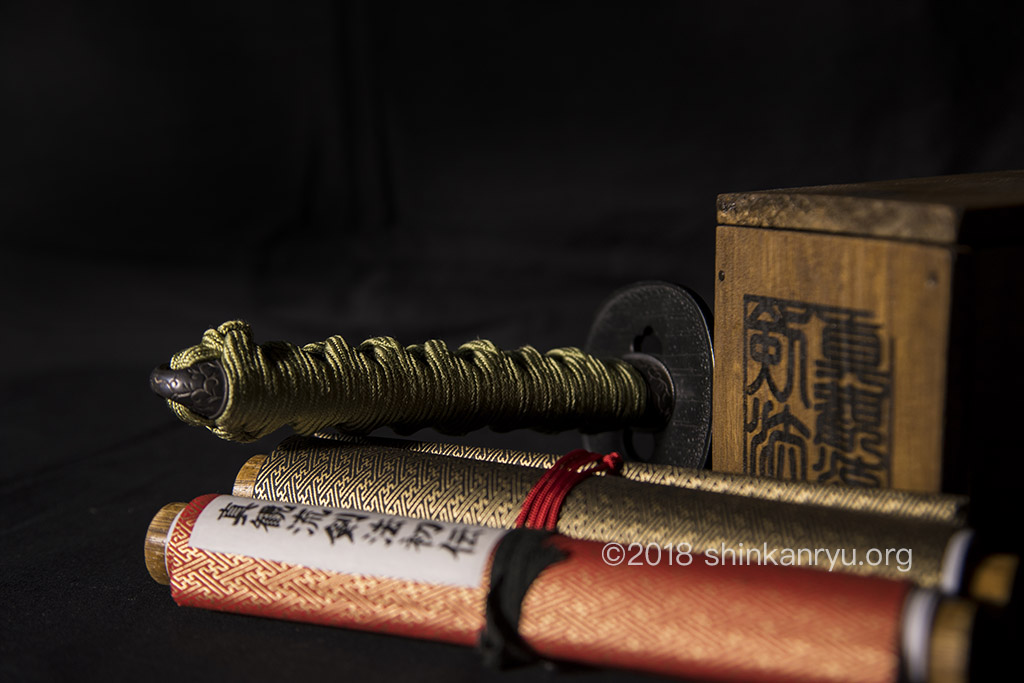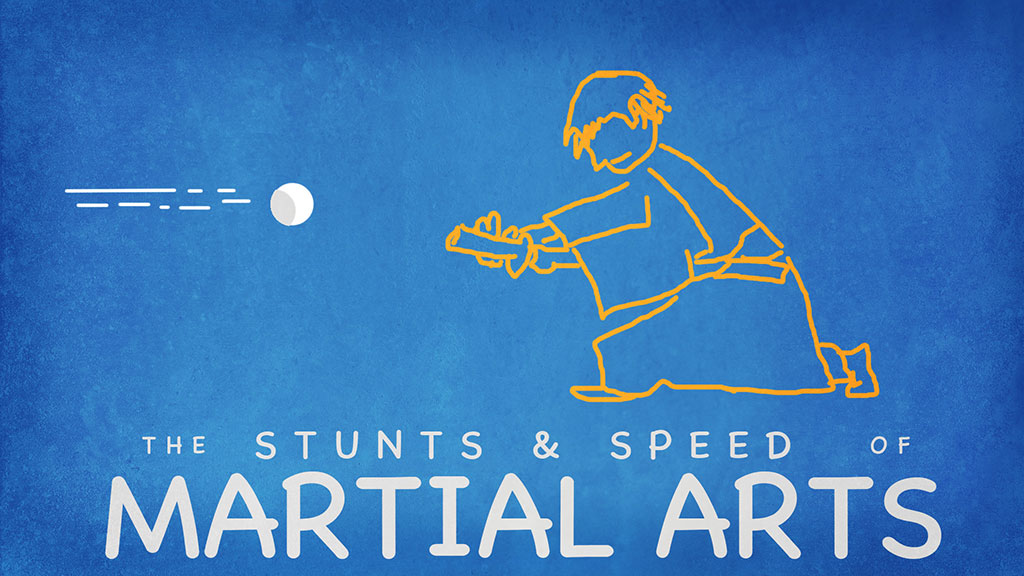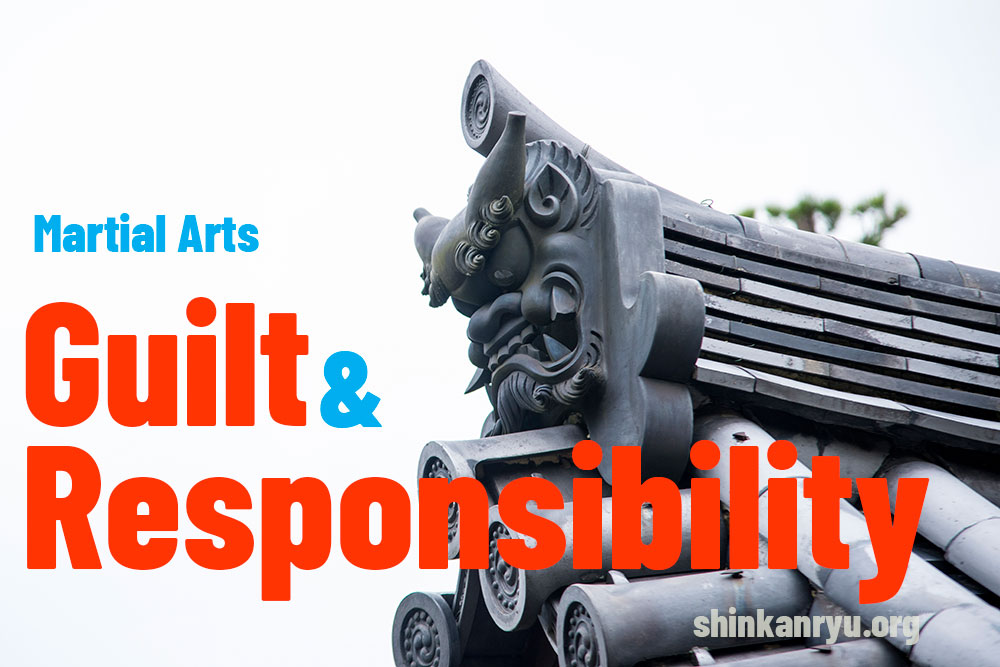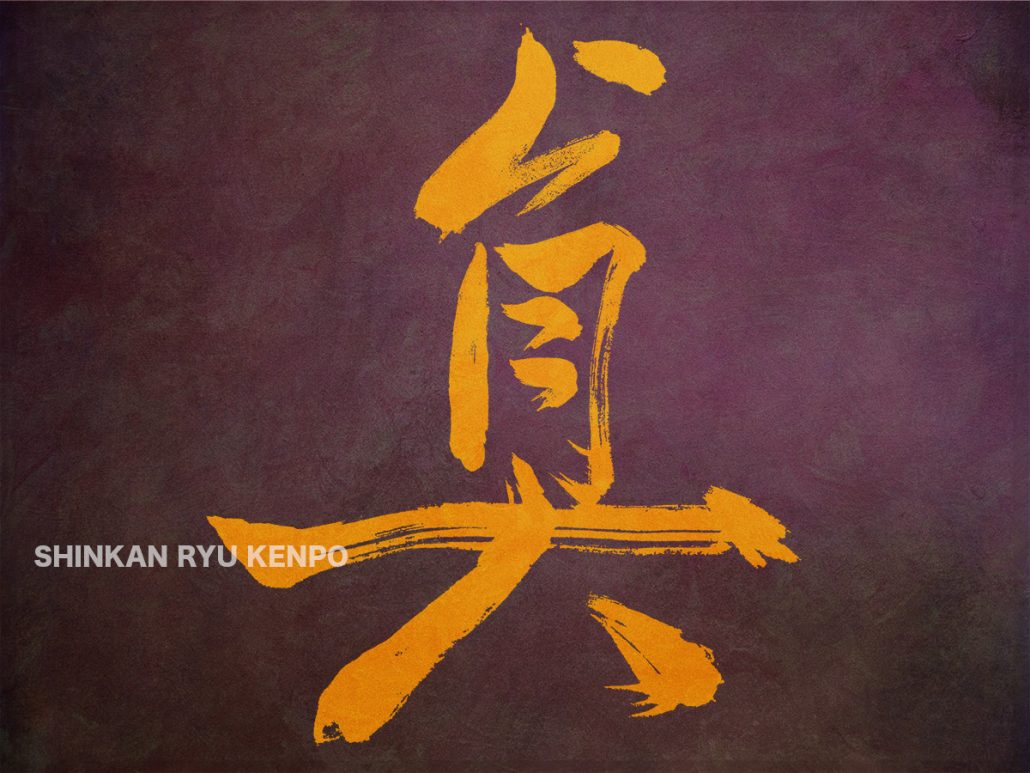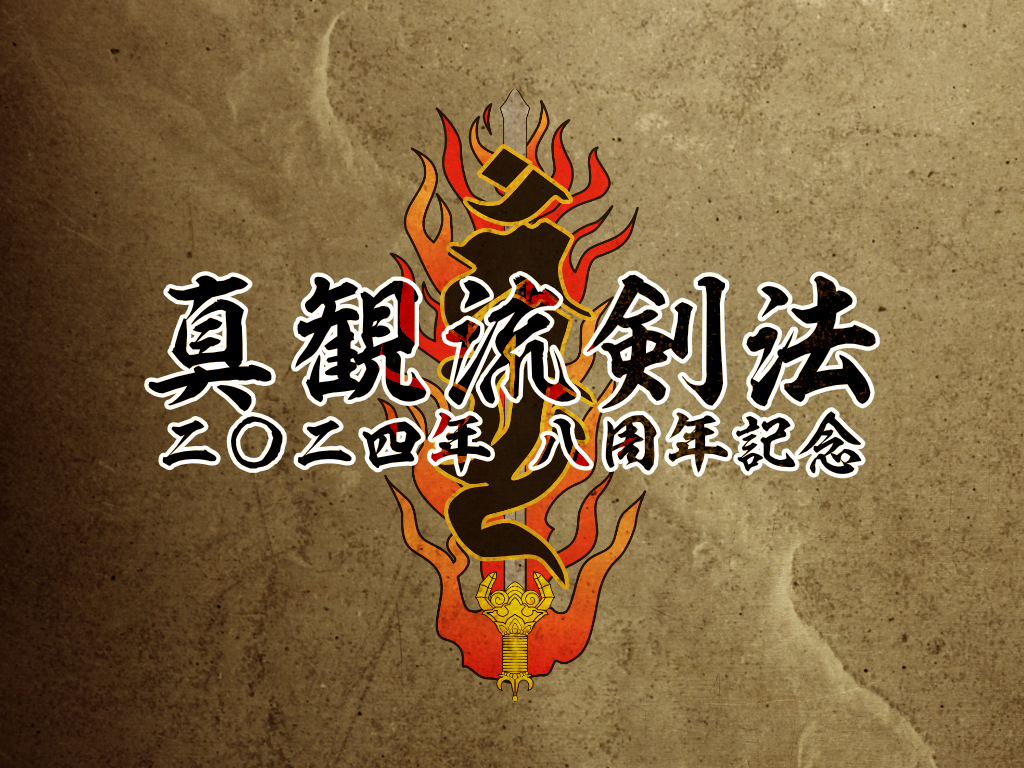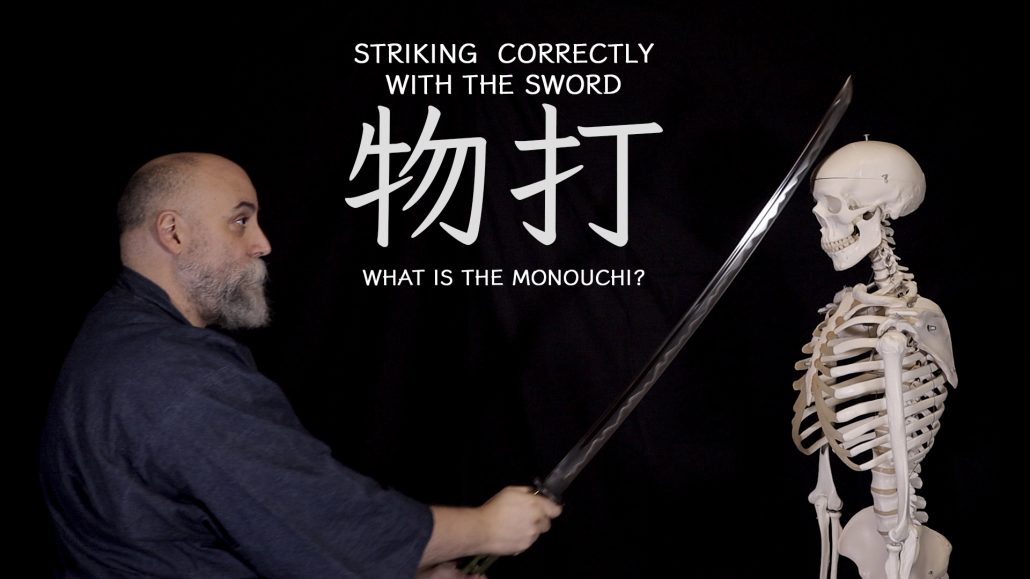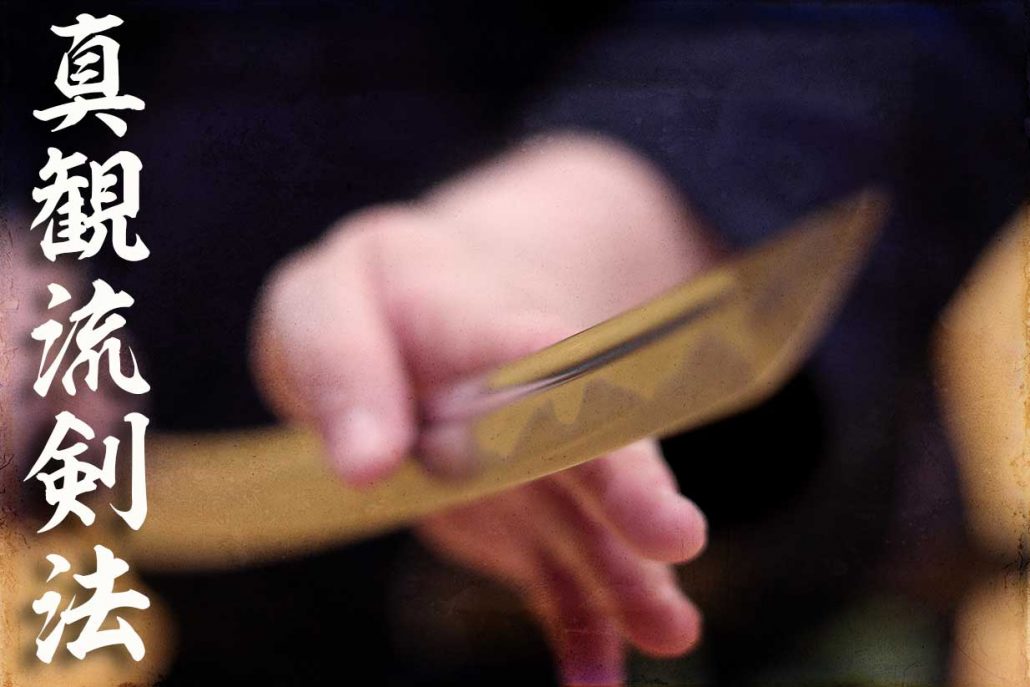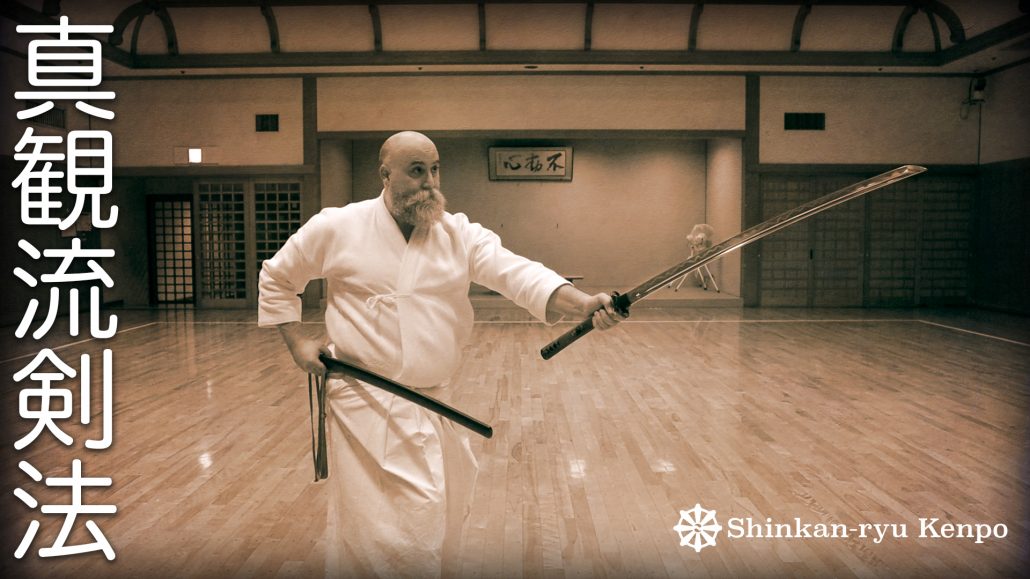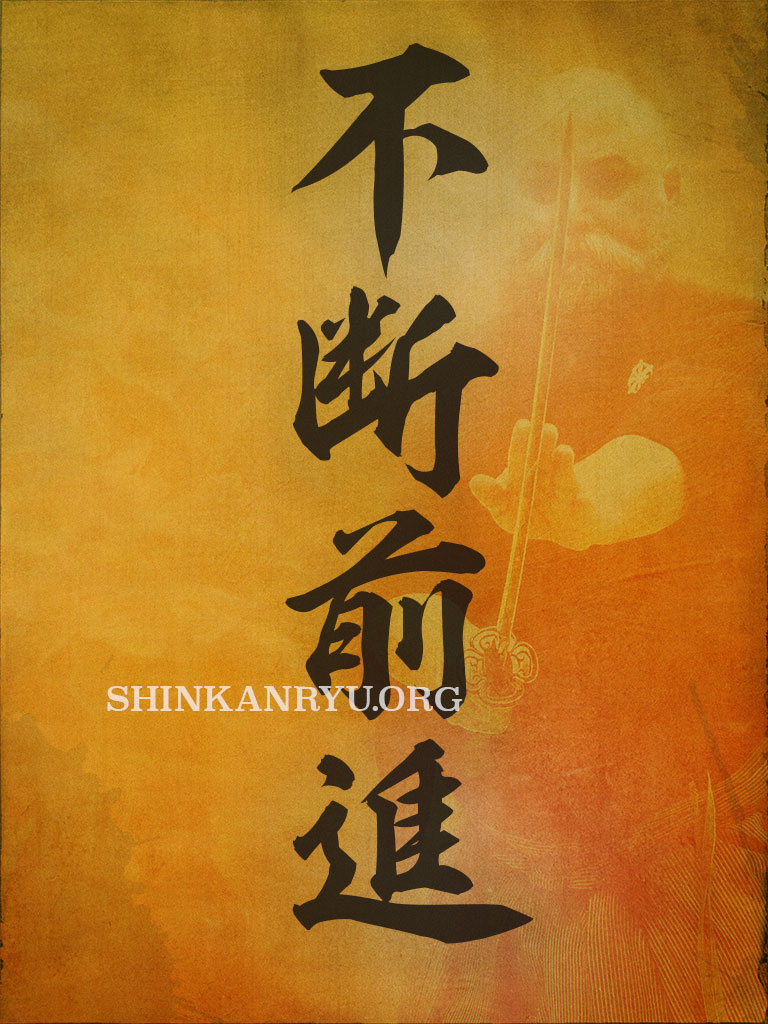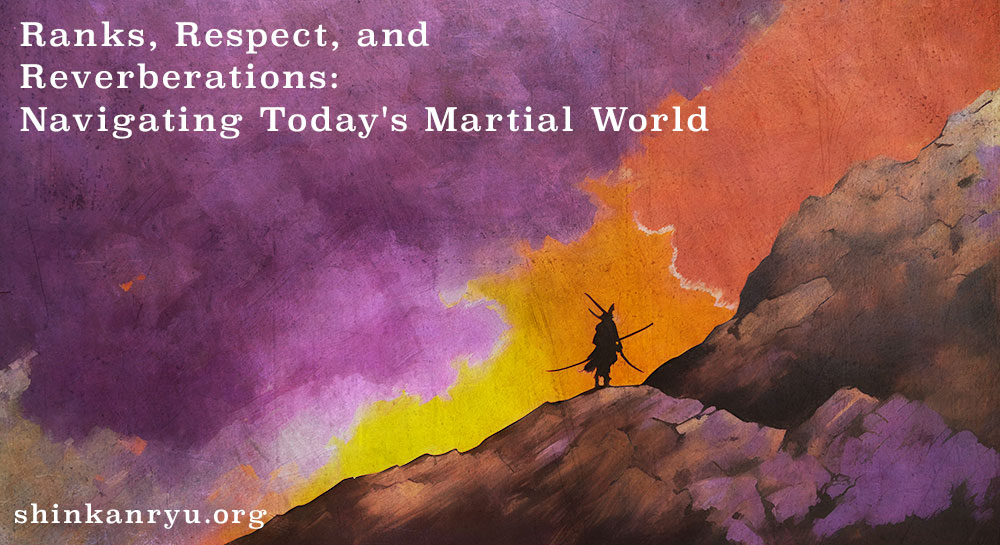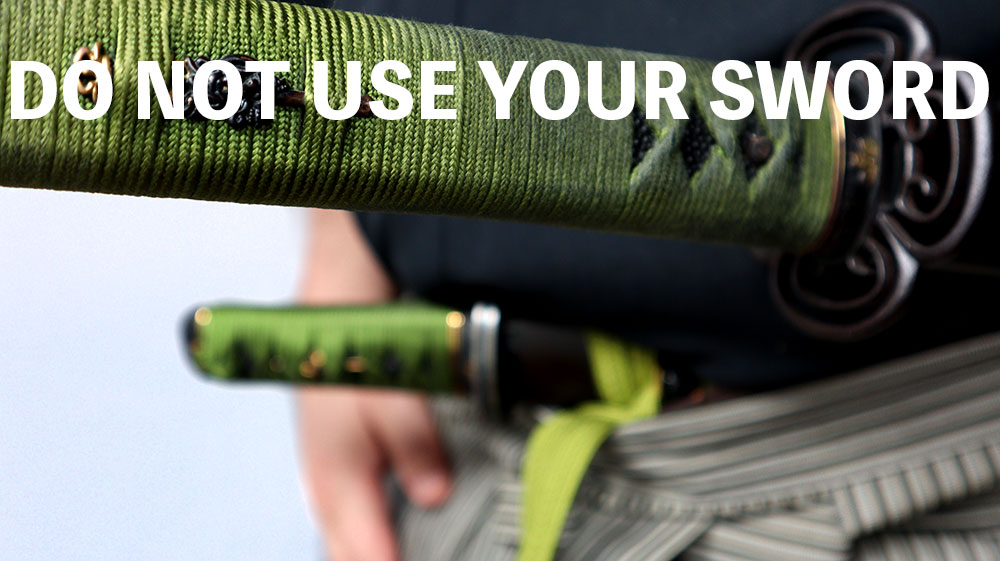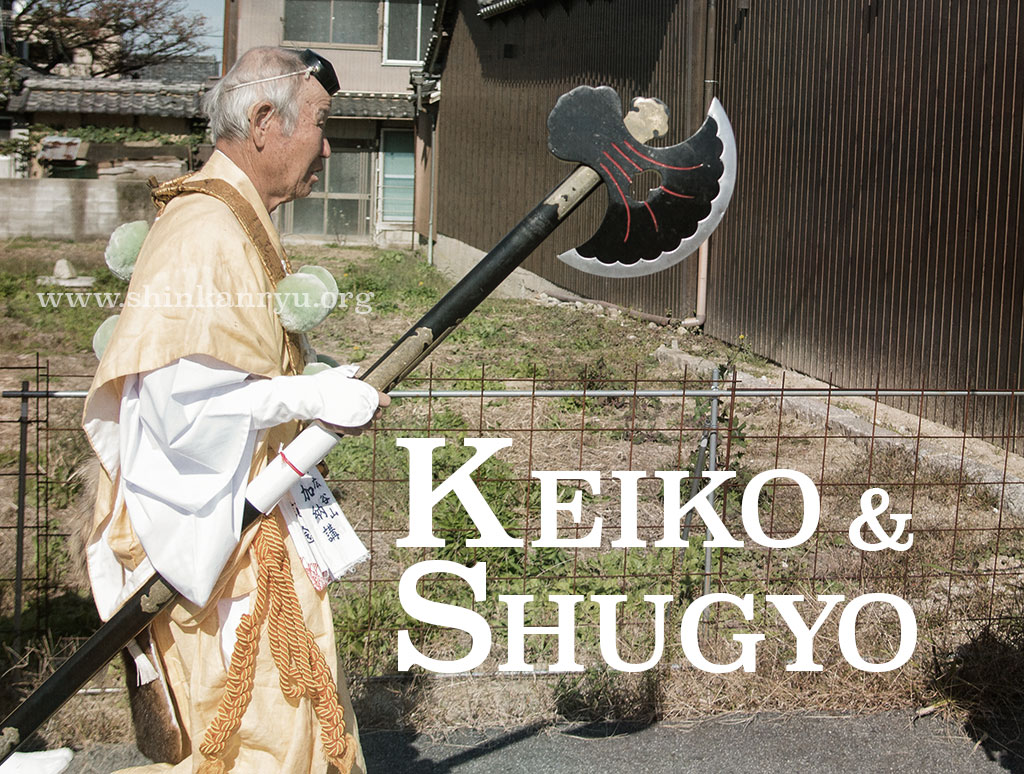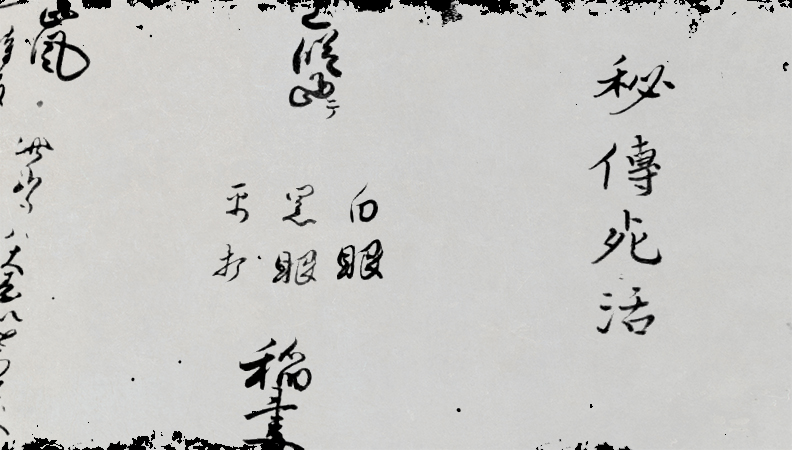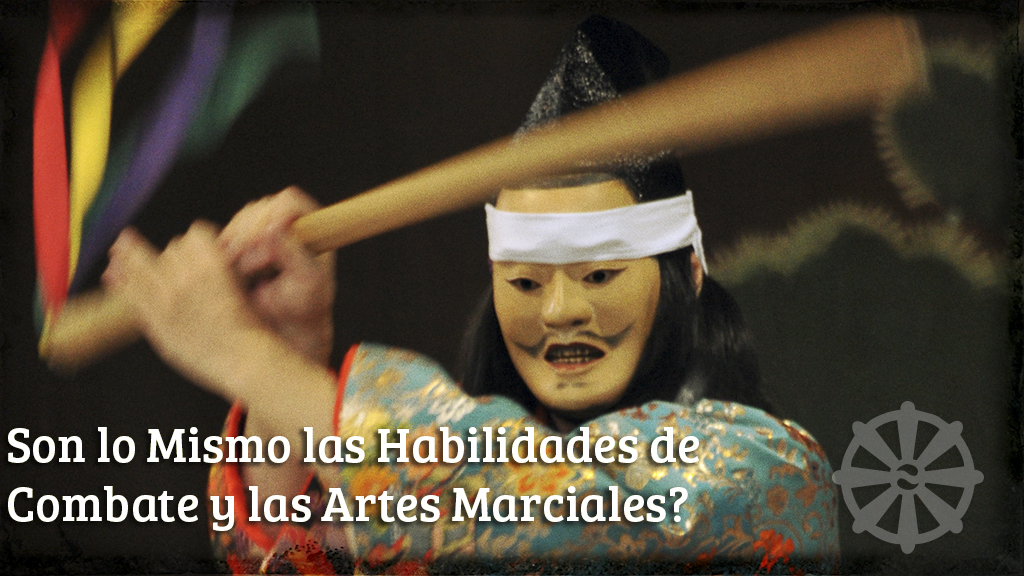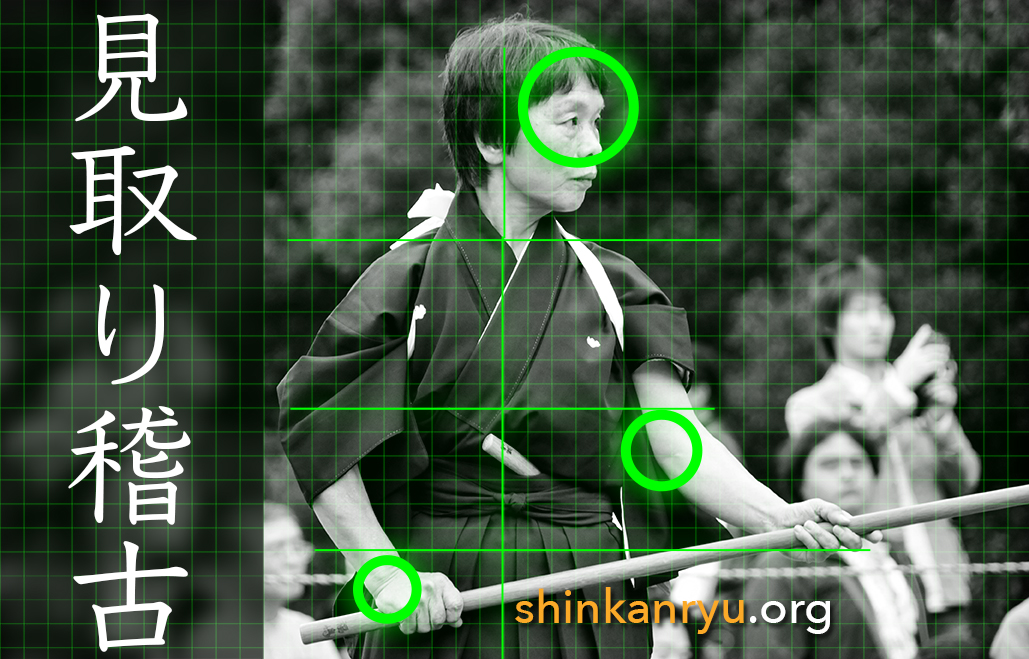Kenjutsu (剣術) is the Japanese art of the sword. It is one of the four central martial arts (bujutsu) of pre-modern Japan. The two primary skills concerning the sword are kenjutsu and battōjutsu (抜刀術). Kenjutsu is a compound of ken (剣) the sword and jutsu (術) art or technique. Originally kenjutsu was simply the arts of the sword. Over time, however, battojutsu, saya no uchi (鞘の内), or iaijutsu (居合術) was later developed as an adjunct to the general techniques of sword combat. Commonly kenjutsu refers to the art of the sword with the sword already deployed outside of the saya (sheath), and iaijutsu relates to techniques where the sword starts from in the saya. Kenjutsu can be found in the older koryū and modern martial arts of Japan.
The Basic Idea Of Kenjutsu
The sword has always been important in Japanese culture and to the fighting men of Japan. It is after all one of the three sacred treasures (Mikusa no Kamudakara) of Japan. The three imperial regalias are the mirror, representing wisdom, the jewel for compassion, and the sword for valor. The sword saw its use in a limited function from the 900s through to the 1300s in the warrior's career on the battlefields. The arts of the sword early on were slightly overshadowed by the skills of horsemanship and the bow and arrow.
Later in the 1500s and on the sword saw a significant proliferation in its use in castled towns, villages and duels. The ease of carrying the sword made it also something to expand on since it was always at the warrior's side even indoors.
Kenjutsu is mostly a one on one endeavor. Two people with swords facing off against each other. There are a lot of techniques for the use of the sword against an array of other weapons such as the yari, naginata, jō etc.etc. From spears to arrows, there are kenjutsu techniques to help the one holding the sword prevail.
Kenjutsu Equipment?

Different schools have different training methods and ideologies. Some schools practice with simple bokutō (wood swords), while other schools use various weapons for training such as the fukuro-shinai or even branches of a tree.
The fukuro-shinai is a multi-slatted bamboo sword covered in leather. Bamboo slats and leather covering of the fukuro-shinai help to absorb some of the impacts of hitting. Its use is attributed to Shinkage-Ryu's Kamiizumi Ise no Kami. Fukuro shinai is also used in Maniwa Nen-ryū as well as Jikishinkage-ryū. The fukuro-shinai of Shinkage-ryu is an unmistakable deep red.
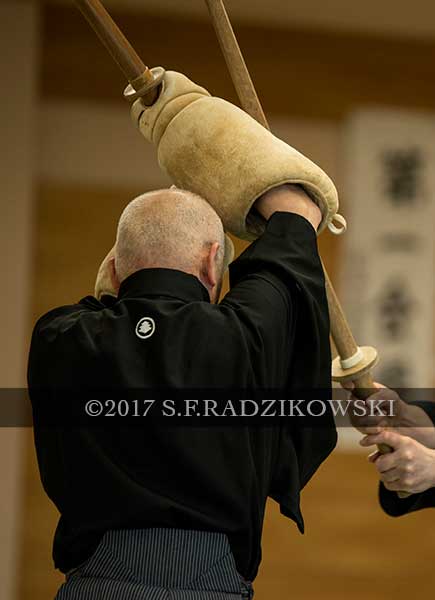
Some schools also use habikitō (dulled metal swords) or shinken (sharp-edged) in kenjutsu. Kata (forms) with shinken are customarily used at higher levels due to the severe risk of injury.
Some schools perform kenjutsu with varying levels of protection from basic thin leather gloves to very thick hand and forearm protection that doubles as a target. The later glove being the oni-gote in Ono-ha Ittō-ryū for example. Schools such as Maniwa Nen-ryū employ headgear or waist protection too.
The wooden sword, bokutō (木刀) or bokken, is the typical weapon used for kenjutsu training. Various ryū-ha (schools) have different size wooden swords. Some are quite thick, and some are quite thin. Some schools use wooden versions of the odachi, long sword, as well. The o-dachi have blades that usually measure over 90 centimeters in length.

Some schools use the tantō (dagger) or kodachi (short sword). Art of the tantō is sometimes referred to as tantō-jutsu. Such techniques often involve grappling as well due to the close quarter's nature of using a tantō or dagger. Koshi no mawari (around the hips) falls under this category as well.
Kenjutsu is also practiced in full armor as seen below by Yagyū Shingan-ryū.
Methods of practice
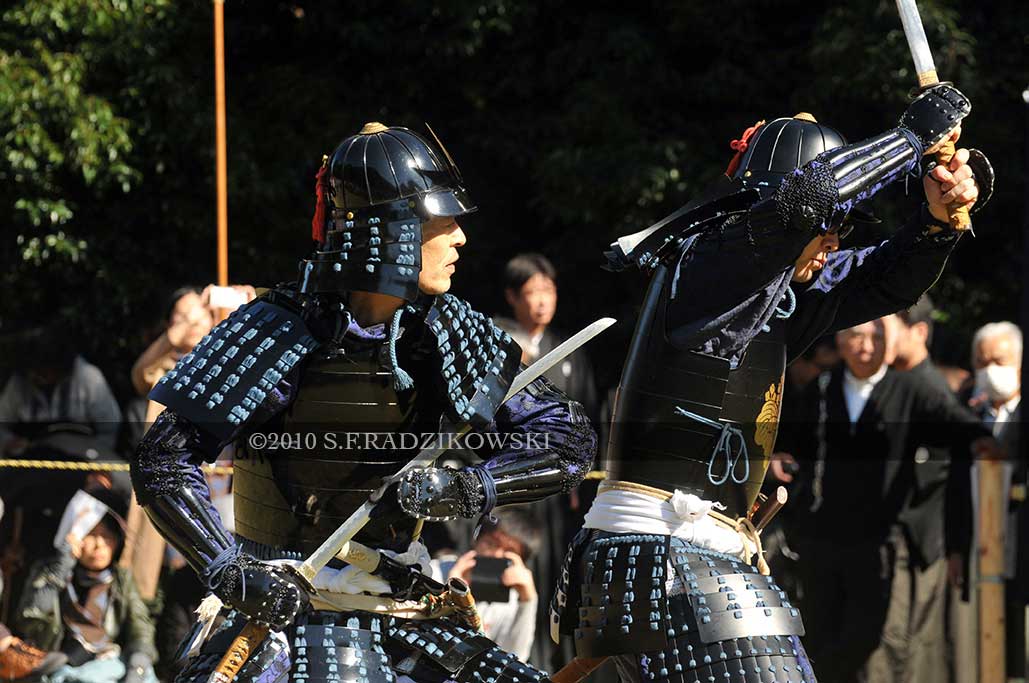
Kenjutsu is usually a paired-type of practice called kumitachi. There are an uchidachi and shidachi. The uchidachi 打太刀 means the one hitting or attacking with the sword. Shidachi 仕太刀 means the doer or performer of the school techniques within the kumitachi. Shidachi is serving the school's techniques to uchidachi. Another reading of 仕 shi, is to serve (tsukaeru). It is shidachi who is usually the victor. Victor is not the best choice of words, but it is shidachi who is ultimately performing the action that keeps himself alive. Uchidachi's ultimate role is to teach the waza and impart the knowledge of the school to shidachi.
Uchidachi is often the role that teacher or superior takes. It is an important function. Kenjutsu is not merely two people whacking each other with wooden swords. Uchidachi's purpose is to provide the proper space for shidachi to perform and understand the techniques. A weak uchidachi is just as bad as one who is mean spirited and over-bearing.
Kenjutsu kata has been the primary form of teaching and the way of preserving classical Japanese sword fighting. Kenjutsu practice can also take the form of solo drills and striking things such as bamboo, tree trunks, and in the modern era used tires. Iaijutsu also uses paired forms and kata but should not be confused with kenjutsu. You can click here for a link regarding the process of learning kenjutsu.
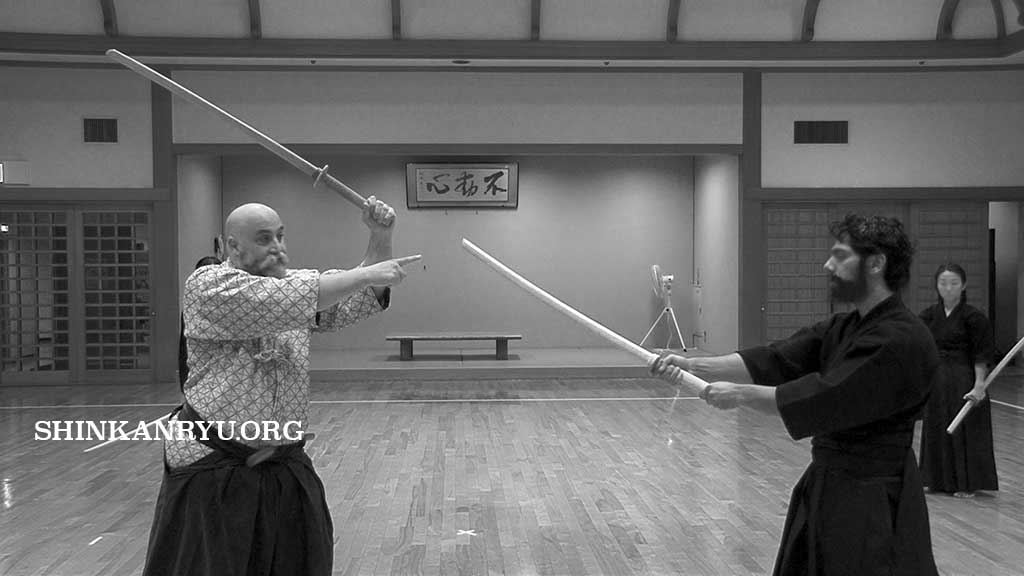
The essence of kenjutsu is mainly transmitted through the use of paired kata. The pure techniques of the school are learned, executed and developed through these forms. Kenjutsu and iaijutsu are essential to be balanced to gain an understanding of the methods (waza) of the school.
Some older bujutsu schools ( pre-1500s) containing kenjutsu in their curriculum
- Kurama-ryū
- Kashima Shintō-ryū
- Asayama Ichiden-ryū
- Tatsumi-ryū
- Nen-ryū
Schools some times have extremely different methods and philosophies of kenjutsu. From the size of swords to the styles of breathing and vocalizations, Japanese kenjutsu is a very interesting cornucopia of sword combat techniques.

ラジカスキー真照
館長Saneteru Radzikowski is the head sword instructor of Shinkan-ryū Kenpō. He lives and teaches Iaijutsu and Kenjutsu from Nara, Japan.
Kesagiri: Anatomy of A Sword Strike
In Japanese swordsmanship, there have been many hundreds of schools. There are, however, only a...
The Sword With Two Edges
Today I decided to write the four kanji compound of morohanotsurugi. In English, we might...
How to learn kenjutsu?
How to learn kenjutsu? Learning anything as profound as a martial art needs a teacher....
Budo Thoughts
There are techniques and scrolls and teachings all over the dojo. What does it matter...
Speed, Martial Arts and Samurai Theater
What’s the difference between bugei 武芸 (martial arts) demonstrations and stunts? People are awed by...
When Protectors Become Perpetrators: Martial Arts Community Failures
Recently, a martial arts instructor (Budo Teacher) faced defamatory accusations in a public forum. A...
Guilt and Responsibility
I heard a student say, “If I don’t do any kind of training every day,...
Bujutsu Truth
Be honest. Move with the truth and discard the lies and false facades. Leave them...
Components of Iaido Iaijutsu
[fusion_builder_container hundred_percent="no" hundred_percent_height="no" hundred_percent_height_scroll="no" hundred_percent_height_center_content="yes" equal_height_columns="no" menu_anchor="" hide_on_mobile="small-visibility,medium-visibility,large-visibility" status="published" publish_date="" class="" id="" background_color="" background_image="" background_position="center...
Reflections on 31 Years of Martial Arts and 8 Years of Shinkan-ryū Kenpō
不動心 (Fudōshin) – The Immovable Mind As I mark 31 years of practicing martial arts...
Striking with the Katana: What is the Monouchi?
https://youtu.be/pXpzSBLGkbI
Narrow Minds Walk Narrow Paths
Narrow Minds Walk Narrow Paths There are a lot of martial arts to enjoy. There...
What is Kenjutsu? A guide to Japanese swordsmanship
Kenjutsu (剣術) is the Japanese art of the sword. It is one of the four...
Bujutsu Thoughts
Training in iaijutsu (or any bujutsu) means doing the same thing over and over and...
Advance The Sword And Mind
No matter what, move. Advance. Unceasingly against whatever odds, internal or external, move towards the...
Ranks, Respect, and Reverberations: Navigating Today’s Martial World
In the hallowed path of martial arts, the journey has always been as significant, if...
Saya no uchi
I train to strike correctly. I perform keiko to understand the angles of my sword....
Shugyō and Keiko Martial Arts Practice
Practicing and Studying There are two main words used about practicing and learning in martial...
Koryū Menkyo Kaiden & Classical Martial Arts Proliferation
免許皆伝 Menkyo Kaiden and Koryu Proliferation Mention menkyo or menkyo kaiden around some martial artists...
Son lo Mismo las Habilidades de Combate y las Artes Marciales?
Porqué hacer la diferencia entre arte marcial y habilidad de combate? Pienso que las habilidades...
Mitorigeiko Special Practice
Present and switched on The method of critically watching practice is commonly referred to as...
How To Avoid Training Pitfalls In Martial Arts
Beware The Rabbit Holes. I want to talk about some pitfalls of martial arts training....


